The Case for Upskilling Your EQ
There are career risks for accounting and finance professionals who forget to develop emotional intelligence alongside technology skills.
Upskilling is on a rapid ascent in Google search trends and as a hashtag on social media platforms. The concept is gaining traction in the accounting industry after PwC announced its commitment to spend $3 billion on upskilling for its 275,000 employees over four years. That followed Accenture’s announcement that it would spend $1 billion annually on upskilling and Amazon’s reveal of its Upskilling 2025 Pledge.
Although the literal dictionary meaning of upskilling includes any worker training, the term typically refers to the development of technology skills required by digital transformation in the marketplace. And for good reason—the number of jobs disrupted by bots, artificial intelligence, and other technologies is destined to climb.
Beware, though: the drive to develop technology skills may inadvertently leave crucial people skills—or soft skills—behind, which could be devastating for CPAs who lean heavily toward the technical side to begin with but need solid soft skills to thrive and advance in their careers. To that end, I contend that emotional intelligence (EQ) is one of the essential people skills to develop while you’re upskilling on the technology side.
Daniel Goleman, whose 1995 book, “Emotional Intelligence,” introduced the concept into the corporate world, asserts that EQ’s contribution to leadership success is more than double the impact of IQ and technical skills. EQ is perhaps best illustrated by an example of a leader who demonstrates a lack of it. Consider the following interaction between a supervisor and an employee in a fast-growing organization:
Supervisor: I’m checking on the status of the ABC project. As you know, the final report is due in two weeks. It’s a critical project, and I need to know that you’re on track to get it done. It seems like we’re running behind.
Employee: I understand the deadline and am working on getting the report done on time. My daughter had a severe medical situation pop up earlier this week. We spent one night in the hospital and haven’t gotten much sleep since then. We’re trading off staying home with her while she gets better. I’m still working on the project. It’s just taking a bit longer than usual.
Supervisor: That’s good to know. When did you say you’ll have the report ready?
In the haste for results, the supervisor overlooked the emotional wear-and-tear of the employee’s family situation and its potential impact on completing the project. A single interaction like this diminishes employee engagement, and a pattern of such behavior drives up the risk of turnover. I wish this were a hypothetical example, but it wasn’t. It was a situation shared by a participant after one of my leadership presentations.
Defining EQ
The Institute for Health and Human Potential defines EQ as “the ability to recognize, understand, and manage our own emotions and to recognize, understand, and influence the emotions of others.” EQ requires an appreciation for the impact of our emotions on other people, the impact of their emotions on us, and the ability to navigate interactions with others effectively.
In his best-selling book, “Emotional Intelligence 2.0,” Dr. Travis Bradberry describes EQ as having four dimensions, which can be summarized as follows:
- Self-awareness is the ability to recognize your own emotions and how they affect your response to the situation at hand. It includes the ability to understand the impact of your emotions on those around you.
- Self-management is the ability to leverage the awareness of your emotions to respond to situations in positive and productive ways. It includes an understanding of how circumstances or actions trigger your emotional responses.
- Social awareness is the ability to recognize the emotions of other people and how these emotions influence their responses to situations. Empathy is a crucial component of social awareness.
- Relationship management is the ability to use your awareness of the emotions of other people to manage your interactions with them. It’s essential to building healthy relationships.
Developing EQ
While IQ is relatively static across a person’s lifetime, EQ can be developed and improved continuously if you make a conscious, focused effort to do so.
Your first step to increasing your EQ should be assessing your current EQ. There are several valid EQ appraisal tools on the market, the majority of which are offered online with immediate results. Bradberry’s book includes access to an online assessment that generates an in-depth report with scores for each of the four EQ dimensions, along with lessons and strategies to improve in each area. One unique feature of this tool is the ability to complete the assessment a second time within six months to gauge your progress.
One of my leadership coaching clients, a healthcare CFO, used the Bradberry assessment masterfully to improve his EQ. Dissatisfied with what his initial scores, he created a game plan to address his EQ gaps, which resulted in new behavior patterns and a substantial improvement in all four EQ dimensions during his six-month reassessment.
Understanding You
Gaining a better understanding of what triggers unproductive emotional responses in you is one of the most critical factors in improving your EQ. These triggers can come in a variety of forms: certain people, places, words, or circumstances that get under your skin. They’re hot buttons that trigger a response that doesn’t represent your best self and diminishes your leadership ability.
Let’s say you hate being caught off guard or unprepared. When asked a question or for an opinion, you want time to think through your answer or to research before formulating your response. But one of your clients or colleagues is notorious for regularly putting you on the spot in meetings with questions that demand immediate responses.
This scenario is loaded with triggers and stressors. Knowing that your buttons are likely to be pushed, you could visualize the situation ahead of time. Based on your past experiences, anticipate the types of questions that may arise and prepare accordingly. You could also prepare comments in advance that could keep you from feeling caught flat-footed and buy some time for you to respond.
What’s important about learning your triggers is that it allows you to better anticipate when your EQ is likely to be tested. When the trigger arrives, practice the power of the pause and recognize this is an opportunity to shine as your best self. Rather than a hasty reaction, choose a thoughtful response that enables you to contribute value to the person or situation. When you can do this, you’re not only on your way to developing your EQ, you’re on your way to becoming a better leader.
This article was first published in my Leadership Matters column for the Illinois Society of CPAs Insight magazine.









